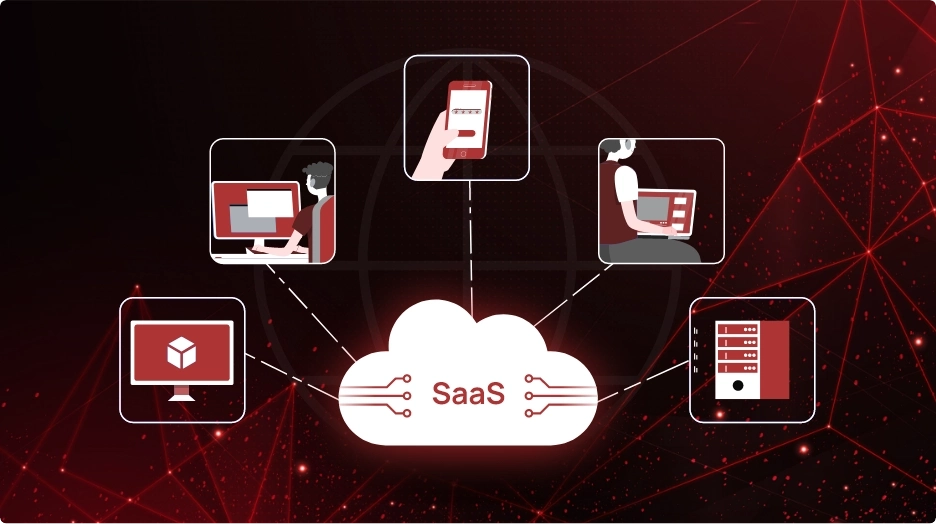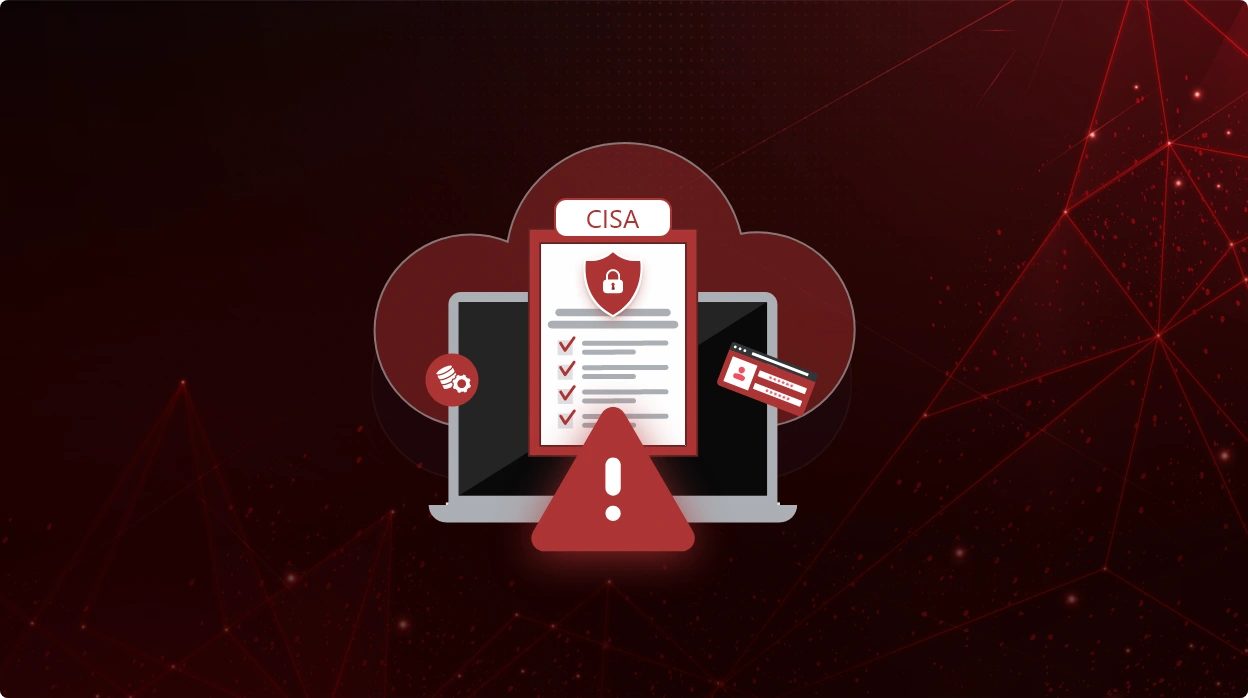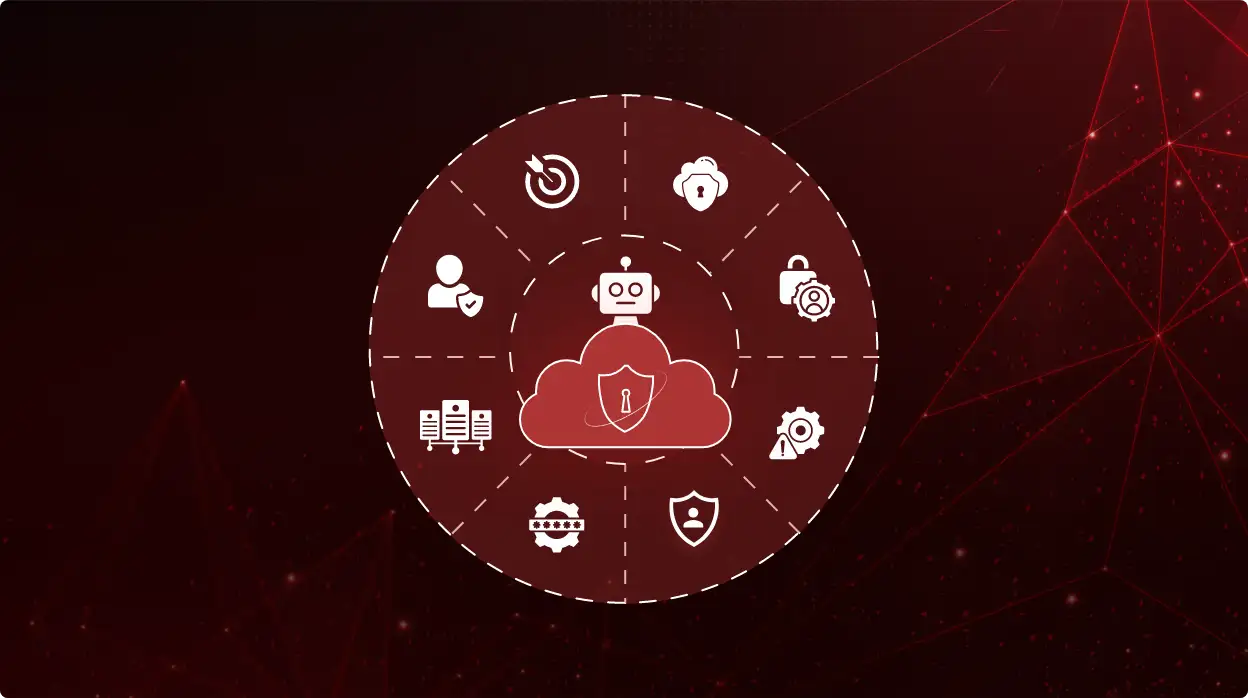
CheckRed Editorial
Navigating SaaS Security Challenges: Employee Best Practices
The growing need for digital transformation has made SaaS (Software as a Service) solutions indispensable for businesses. On one hand, they offer convenience, scalability, and efficiency, but on the other hand, they present security challenges of their own.
Misconfigurations and unchecked privileged access are two primary threats that lurk within the realm of SaaS security. Misconfigurations, often caused by human error, leave SaaS apps open for exploitation. Meanwhile, privileged access granted without adequate scrutiny can lead to internal and external breaches.

The Vulnerability of Misconfigurations
In the context of SaaS, “misconfigurations” are inadvertent settings or configurations that expose a business to security risks or exploitation. Misconfigurations can occur in a number of different ways, such as wrongly set up access controls or sharing permissions. One typical example is not restricting access to authorized personnel, but rather making sensitive material open to anyone with the link.
Here are the most prevalent reasons for misconfigurations:
- Employee errors: SaaS platforms can contain complex settings, making it easy for staff members to make mistakes when setting them up. Sensitive information may unintentionally be exposed as a result of human error, whether via oversight or misunderstanding.
- Lack of awareness: Many employees might not fully understand how their behavior within SaaS applications affects security. This ignorance may result in unintentional misconfigurations.
The potential consequences of misconfigurations are:
- Data breaches: Misconfigurations can give hackers access to sensitive information. A misconfiguration that exposes sensitive data may cause data breaches that result in the loss or disclosure of private information.
- Compliance violations: Misconfigurations can also result in compliance violations. Legal and financial ramifications may occur from violating industry rules or company standards.
- Damage to reputation: In addition to the immediate financial and legal repercussions, errors can harm an organization’s reputation. It might be difficult to regain lost credibility and customer trust.
Understanding the gravity of misconfigurations is the first step in mitigating them.
The Privileged Access Pitfall
Privileged access refers to elevated permissions or authority granted to certain individuals or roles within an organization. This level of access allows them to make significant changes, access sensitive data, or control critical systems within a SaaS environment. Essentially, it’s the keys to the kingdom.
The dangers of unchecked privileged access are as follows:
- Insider threats: When privileged access is not adequately monitored or controlled, it creates the potential for insider threats. Employees or insiders with unchecked privileges can misuse their access to steal data, sabotage systems, or engage in other malicious activities.
- Unintentional data exposure: Even well-intentioned employees can inadvertently expose sensitive data when they have excessive access. They may unknowingly share confidential information or misconfigured settings, leading to data leaks.
Often, employees and managers may grant privileged access without thoroughly scrutinizing the necessity. This can happen for various reasons, including convenience or lack of awareness about security risks. Without proper scrutiny, access can be overly permissive, increasing the chances of misuse or errors.
Implementing Employee Best Practices
To bolster SaaS security, cultivating a security-first mindset is paramount. Employees and managers should prioritize security considerations in every action they take within the digital realm. A security-first mindset becomes the root of a proactive security culture.
Educating Employees and Managers
- Security training and awareness programs: Organizations should invest in comprehensive security training and awareness programs. These initiatives equip staff with the knowledge and skills needed to identify potential risks, avoid common pitfalls, and respond effectively to security incidents.
- The need for accountability: Accountability is a cornerstone of SaaS security. Managers and employees alike must understand their responsibilities in safeguarding data. This includes owning up to mistakes, promptly reporting security issues, and actively participating in security measures.
Enforcing the Principle of Least Privilege
- Limiting access to what’s necessary: The principle of least privilege means granting employees and managers the minimum level of access required to perform their roles effectively. Unnecessary access privileges should be revoked to minimize the attack surface.
- Regular access reviews: Access rights should not be set in stone. Regular access reviews help an organization ensure that employees only retain the access they genuinely need. This ongoing evaluation helps prevent privilege creep and keeps security tight.
By implementing these employee best practices, organizations can significantly reduce the risk of misconfigurations and unchecked privileged access.
The Imperfections of Best Practices
While employee best practices are crucial, they come with limitations. Human oversight can be fallible, and even the most diligent teams can miss critical security misconfigurations.
The Inevitability of Misconfigurations
In the dynamic world of SaaS, new security risks emerge constantly. Despite best efforts, staying ahead of every potential threat is a monumental task, and some misconfigurations may slip through the cracks.
The Need for an Automated Solution
To complement human efforts and address these imperfections, organizations need automated SSPM solutions like CheckRed. These tools offer real-time monitoring, rapid risk detection, and proactive remediation workflows, bolstering SaaS security and reducing the margin for error.
CheckRed – The Solution
CheckRed is a comprehensive SaaS Security Posture Management (SSPM) and Cloud Security Posture Management (CSPM) platform designed to fortify your organization’s digital defenses. It offers a range of cutting-edge capabilities.
How CheckRed addresses misconfigurations:
- CheckRed swiftly identifies misconfigurations across your SaaS applications, helping you eliminate potential security gaps.
- It provides real-time alerts and remediation workflows, ensuring that issues are addressed promptly to minimize risks.
How CheckRed manages privileged access:
- CheckRed continuously monitors privileged access, detecting and flagging suspicious activities.
- It enforces role-based access control, ensuring that employees only have access privileges that align with their roles. This helps to mitigate the risks of unchecked access.
CheckRed offers you the following benefits:
- Enhanced security: CheckRed’s proactive approach ensures you mitigate potential threats before they can escalate.
- Reduced human error: By automating security checks, CheckRed minimizes the chances of human error and misconfigurations.
- Streamlined compliance: CheckRed simplifies compliance efforts by providing the insights needed to help organizations stay compliant with ease.
If you would like to learn more about how CheckRed can help you, request a demonstration!
See CheckRed in Action
Dive into the future with our interactive demo
and explore the possibilities.
Related Posts




